|
ID |
Nickname |
Country / City |
Languages |
Taxonomies |
Comment |
Project / Group |
Map |

|
47153
|
|
United States
Kaneohe
|
|
|
KA : Meli means bee in Hawaiian. The choice to use meli instead of bee was probably to appeal to local buyers while still describing the product. Domain is retail.
|
Multilingual Hawaiʻi
|
|

|
47154
|
|
United States
Kaneohe
|
|
|
KA : Ku'ia is some kind of obstacle or to encounter an obstacles. As such I'm a little confused as to why one would use it as their brand name, I can only assume that it's their name. Despite all that though, the Hawaiian will still appeal to local customers. Domain is retail.
|
Multilingual Hawaiʻi
|
|
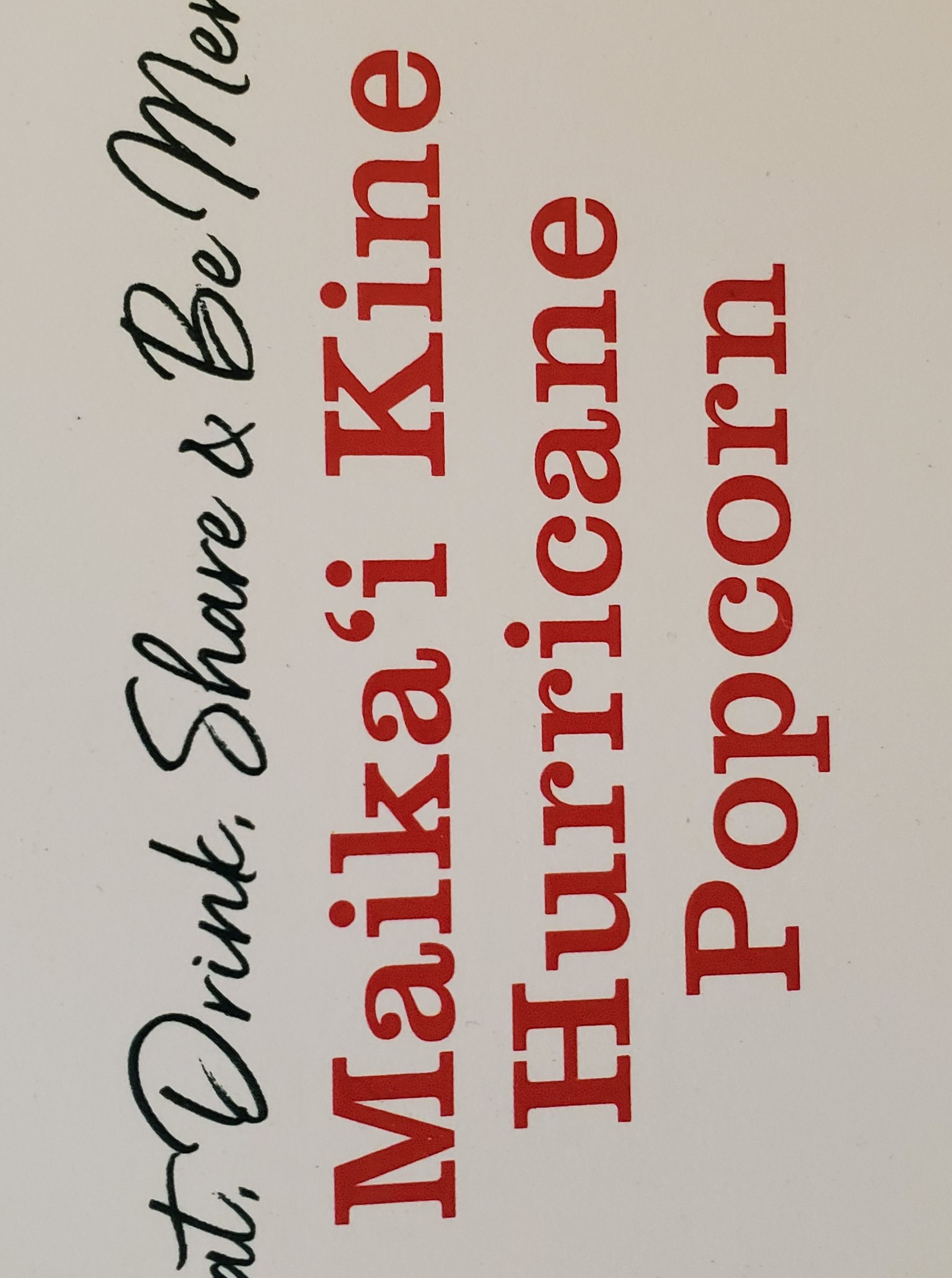
|
47155
|
|
United States
Kaneohe
|
|
|
KA : The pidgin here is "maika'i kine", meaning the good kind of popcorn. It i.plies to local buyers that this is a popcorn to be trusted because they're advertising in pidgin. Domain is retail.
|
Multilingual Hawaiʻi
|
|
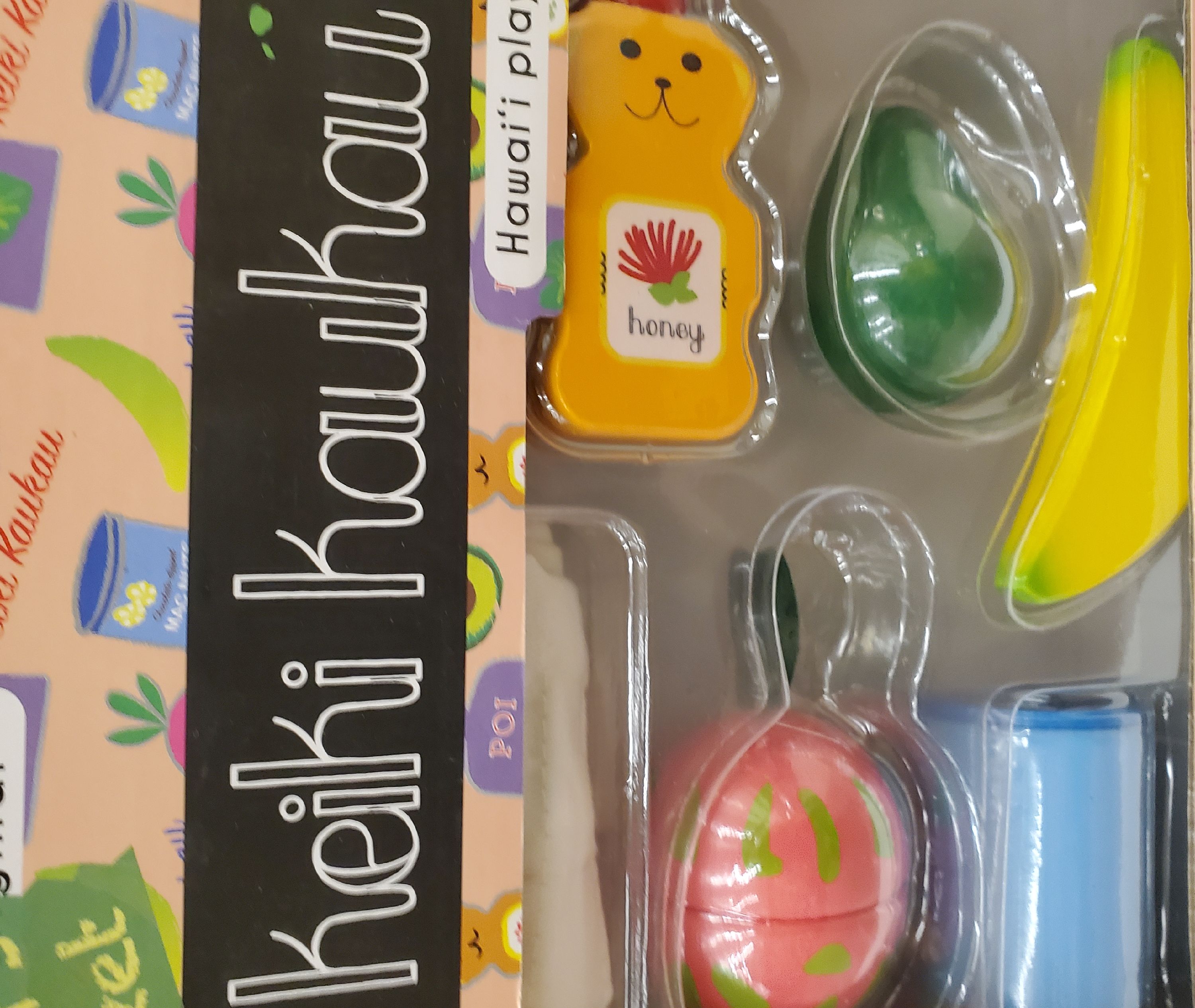
|
47156
|
|
United States
Kaneohe
|
|
|
KA : This could probably serve as either Hawaiian or pidgin, but I'm choosing pidgin. "keiki kaukau" means kid food. Which is what the box is full of, toys for children in the form of local foods. My guess is that someone thought it was adorable, because it is. Domain is retail.
|
Multilingual Hawaiʻi
|
|

|
47157
|
|
United States
Kaneohe
|
|
|
KA : This is a dubious use of pidgin in my opinion. Usually Shaka Shaka is used ti appeal to tourists, not locals. But the product was in a local store. Nonetheless, tourists do love anything seemingly local but not too local and this fits the bill. Domain retail.
|
Multilingual Hawaiʻi
|
|
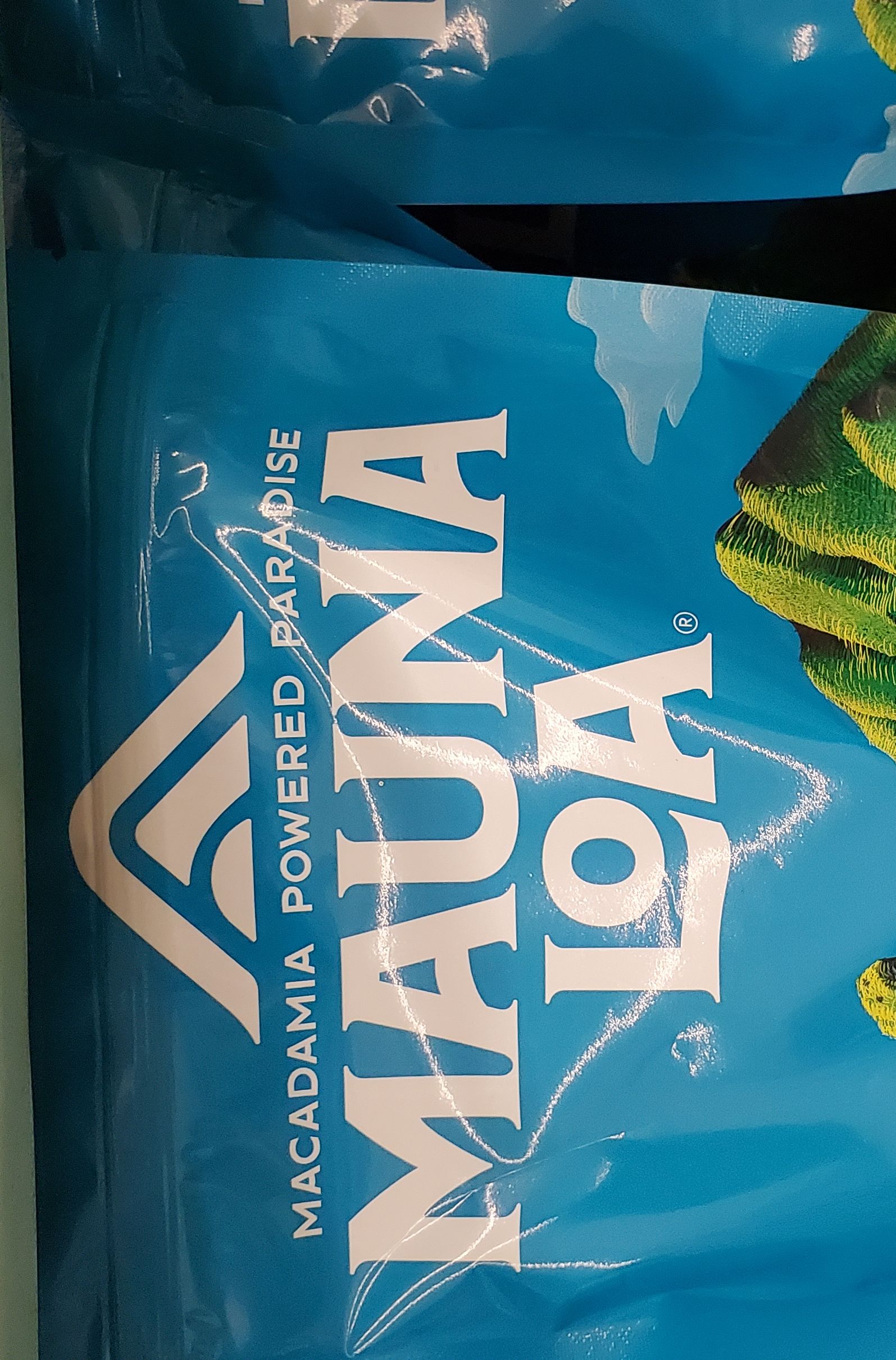
|
47158
|
|
United States
Kaneohe
|
|
|
KA : Mauna Loa is a mountain on the Big Island. It means "vast mountain" because of how big the mountain is. This is a classic brand who grow macadamia nuts there, they're obviously local and that's why people buy from them. Domain retail.
|
Multilingual Hawaiʻi
|
|

|
47159
|
|
United States
Kaneohe
|
|
|
KA : The term "Crack seed" refers to a variety of snacks that are local favorites. From Li Hing seeds to Horse Shit (black licorice), it's difficult to categorize Crack seed without seeing a Crack seed store. Domain is retail.
|
Multilingual Hawaiʻi
|
|

|
47160
|
|
United States
Kaneohe
|
|
|
KA : Aumoku means swim boat. I just wanted to point out how dumb the name is. it could also mean "swim land mass" it doesn't really make sense. I just thought it was interesting. Domain is transportation.
|
Multilingual Hawaiʻi
|
|

|
47161
|
|
United States
Kaneohe
|
|
|
KA : Ohana means family. And family isn't left behind.
|
Multilingual Hawaiʻi
|
|
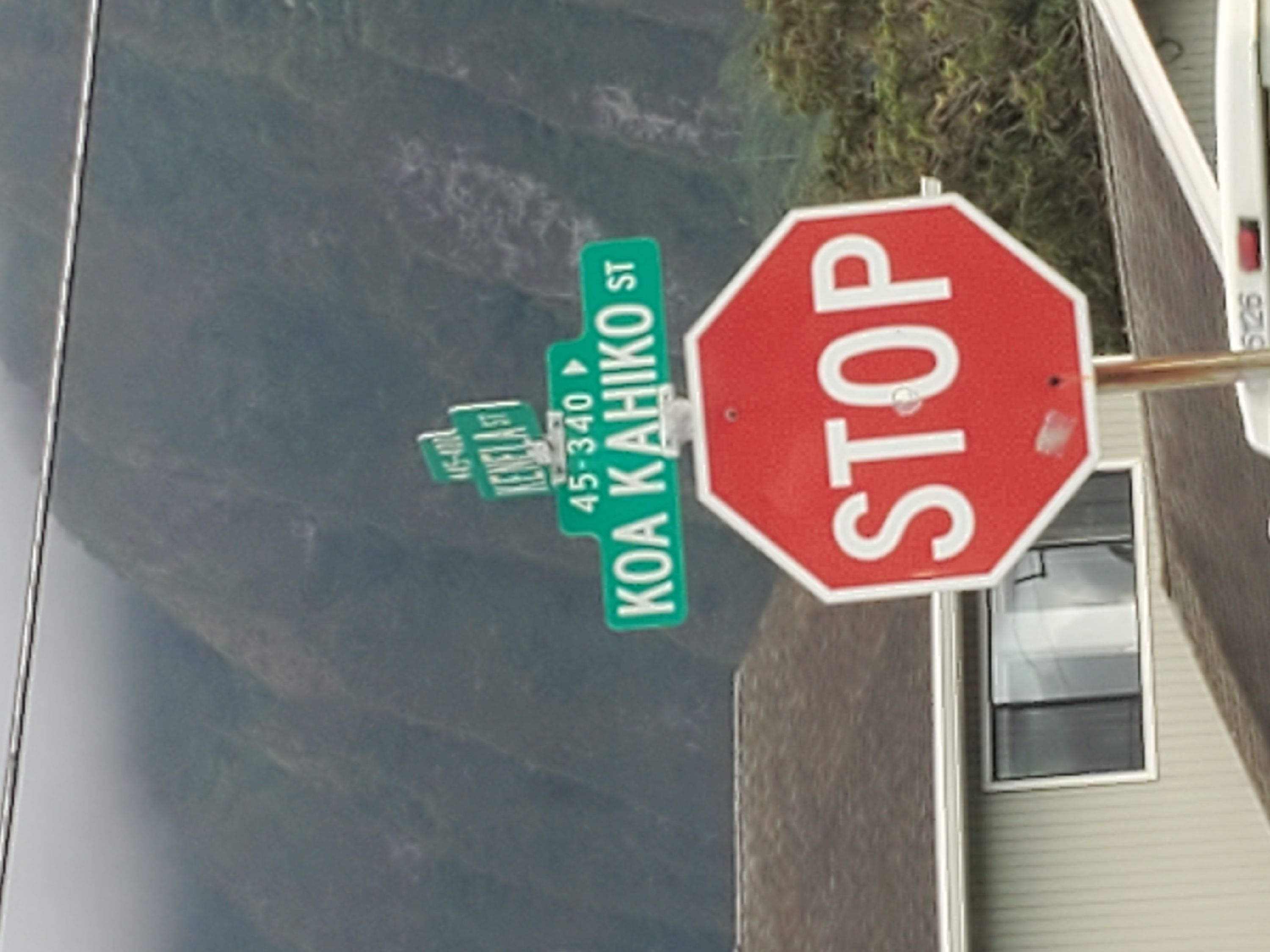
|
47162
|
|
United States
Kaneohe
|
|
|
KA : Koa Kahiko means "old warrior". Perhaps an old warrior lived on this street? I thought it was a cool name is all. Domain is transportation.
|
Multilingual Hawaiʻi
|
|

|
47163
|
|
United States
Kaneohe
|
|
|
KA : Pū'ōhala menas the fruit of the hala. Pū is a very specific Hawaiian word for which there is no good translation but in this case it's like the fruit of the hala tree. The school is also a Hawaiian Immersion school
|
Multilingual Hawaiʻi
|
|

|
47164
|
|
United States
Kaneohe
|
|
|
KA : Puli means nothing. I assume it's someone's name trying to be Hawaiian but it means nothing in Hawaiian. closest is Puliki which is hug. Domain is retail.
|
Multilingual Hawaiʻi
|
|
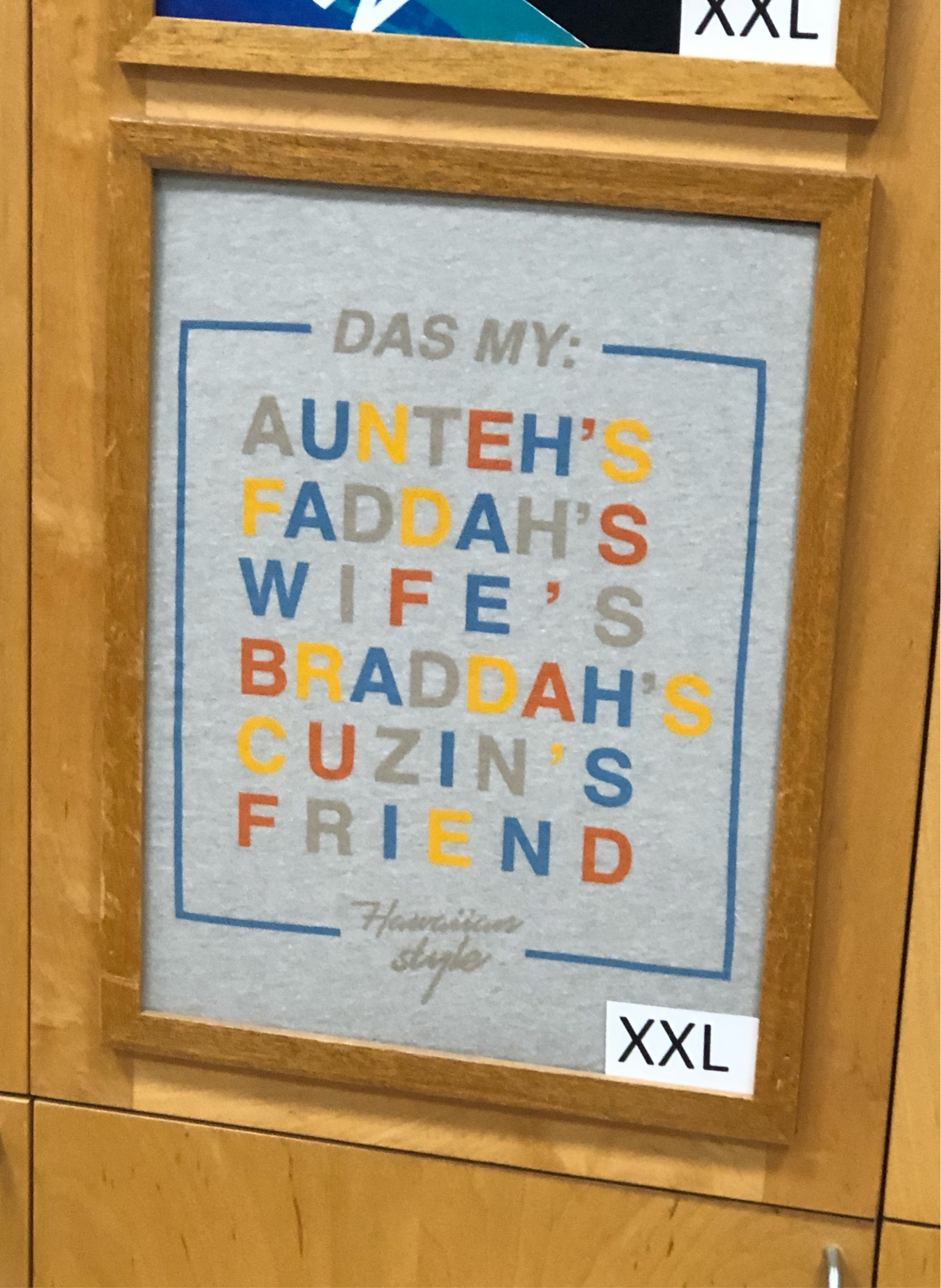
|
47165
|
|
United States
Kaneohe
|
|
|
SU: Check Up #3
- What languages are used on the sign?:
The languages that are used on the sign are Hawai’i Creole or Pidgin and English.
- How is the language presented?:
Both languages are presented in colorful and upper case letters but I think the Pidgin word “braddah” is the most colorful on the sign and has the least amount of grey letters.
- Who is the audience?:
The audience is the general public, but would probably be more directed towards locals.
- What is the domain?:
The domain is on an example card for a T-shirt in the T&C store at Windward Mall.
- What is the sign telling people?:
The phrase in the sign is a common way people in Hawai’i explain how they know someone, to someone else. In this case the person that they’re talking about would probably be their grandma’s, brother’s, cousin’s friend.
- Why is Pidgin/Hawaiian being used here?:
Pidgin is being used here because it is a unique and intriguing way to make a shirt and it is also appropriate since the people in this island commonly use this type of language.
|
Multilingual Hawaiʻi
|
|

|
47167
|
|
United States
Kaneohe
|
|
|
SU: Check Up #3
- What languages are used on the sign?:
The language that is used on the sign is Hawaiian.
- How is the language presented?:
The language is presented in all white letters in both upper case and lower case.
- Who is the audience?:
The audience is the general public, but would probably be more directed towards locals.
- What is the domain?:
The domain is on the back of a car used as a bumper sticker.
- What is the sign telling people?:
In Hawaiian, “olukai” means the comfort that we feel around the ocean since that’s where we feel most at home. It is also where the people of Hawai’i feel most inspired. “Olu” means comfort and “kai” means ocean.
- Why is Pidgin/Hawaiian being used here?:
Hawaiian is probably being used here because this person loves the ocean or being out in the ocean and it’s also probably where they feel most comfortable or at peace.
|
Multilingual Hawaiʻi
|
|
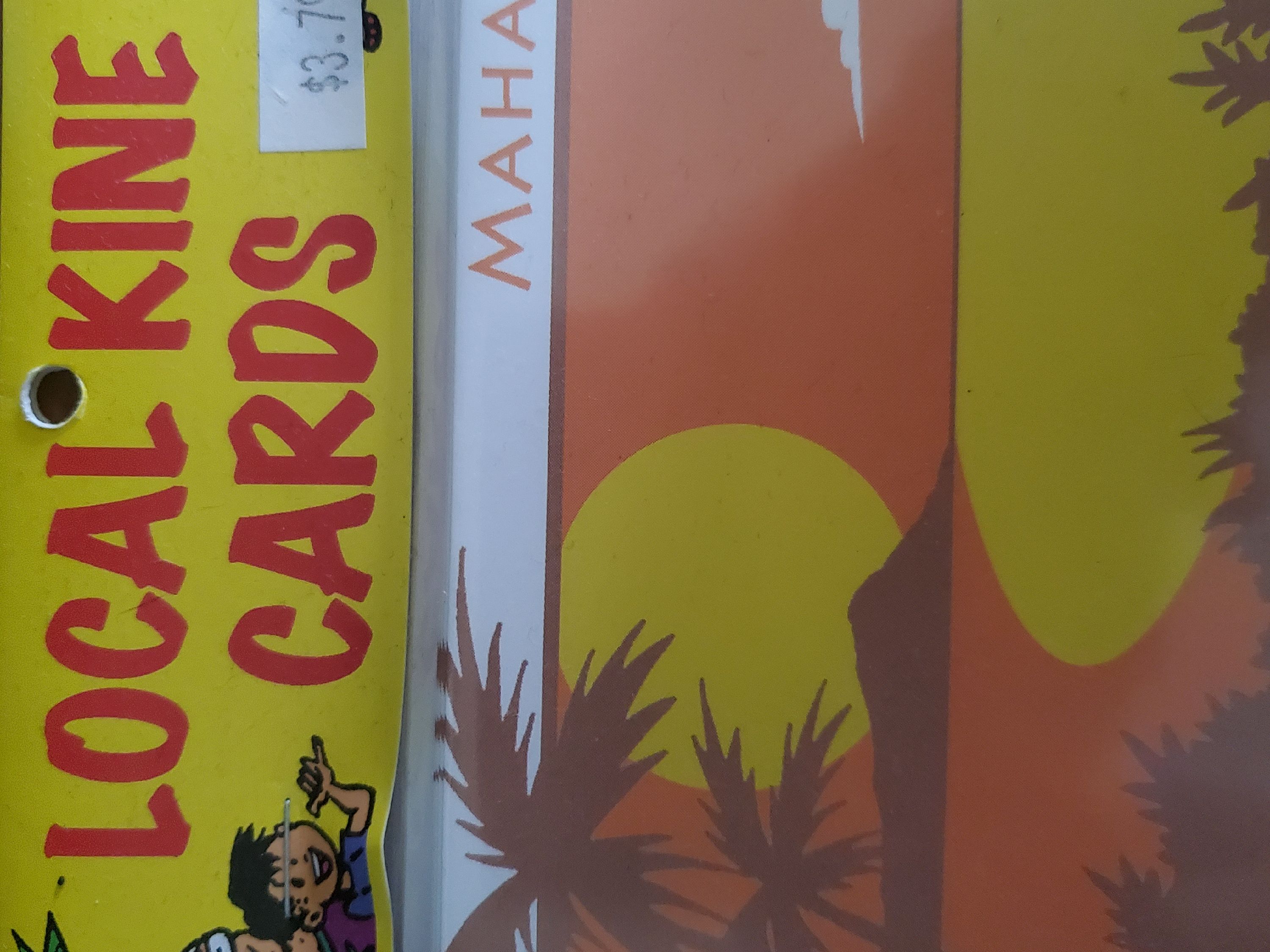
|
46144
|
|
United States
Kaneohe
|
|
|
it's local cards with local humor to appeal to a local audience
|
Multilingual Hawaiʻi
|
|

|
47168
|
|
United States
Kaneohe
|
|
|
SU: Check Up #3
- What languages are used on the sign?:
The languages that are used on the sign are Hawaiian and English.
- How are the languages presented?:
The Hawaiian language is presented in big, black letters and the English is presented in small, black letters.
- Who is the audience?:
The audience is the general public, but would probably be more directed towards locals and possibly non-locals.
- What is the domain?:
The domain is on an information card in a Times supermarket.
- What is the sign telling people?:
The sign is telling people that the “ka lekuke” is located here and that in English, this means lettuce.
- Why is Pidgin/Hawaiian being used here?:
Hawaiian is being used here to attract the attention of the locals and people who speak Hawaiian. It is also appropriate for it to be used here since our island consists of people who speak Hawaiian and it is also taught in a lot of schools, so it might be a way of educating people as well.
|
Multilingual Hawaiʻi
|
|

|
47191
|
|
United States
Kaneohe
|
|
|
N.L
https://www.yelp.com/biz_photos/wai%C4%81hole-poi-factory-kaneohe-2?select=bpE8L4F6j3RVgNxbGAMzYQ
This photo is a menu from a restaurant called Waiahole Poi Factory. There are 2 Hawaiian foods named in this menu. Kulolo, a dessert made with taro and coconut. Haupia, which is a coconut based dessert.
|
Multilingual Hawaiʻi
|
|

|
46173
|
|
United States
Kaneohe
|
|
|
Showing the beauty/teaching about Hawaii wildlife as well as hoping to protect them. Message can be for locals and tourist as well because some English translation in certain parts can be found on other images. LM
|
Multilingual Hawaiʻi
|
|

|
44128
|
|
United States
Kaneohe
|
|
|
LM. The birds are all indigenous/Native Hawaiian birds that are endangered (their Hawaiian name is translated to English or its meaning in the photo) Domain: Kaneohe. Painting on a wall. Brings awareness of endangered animals most likely towards visitors.
|
Multilingual Hawaiʻi
|
|
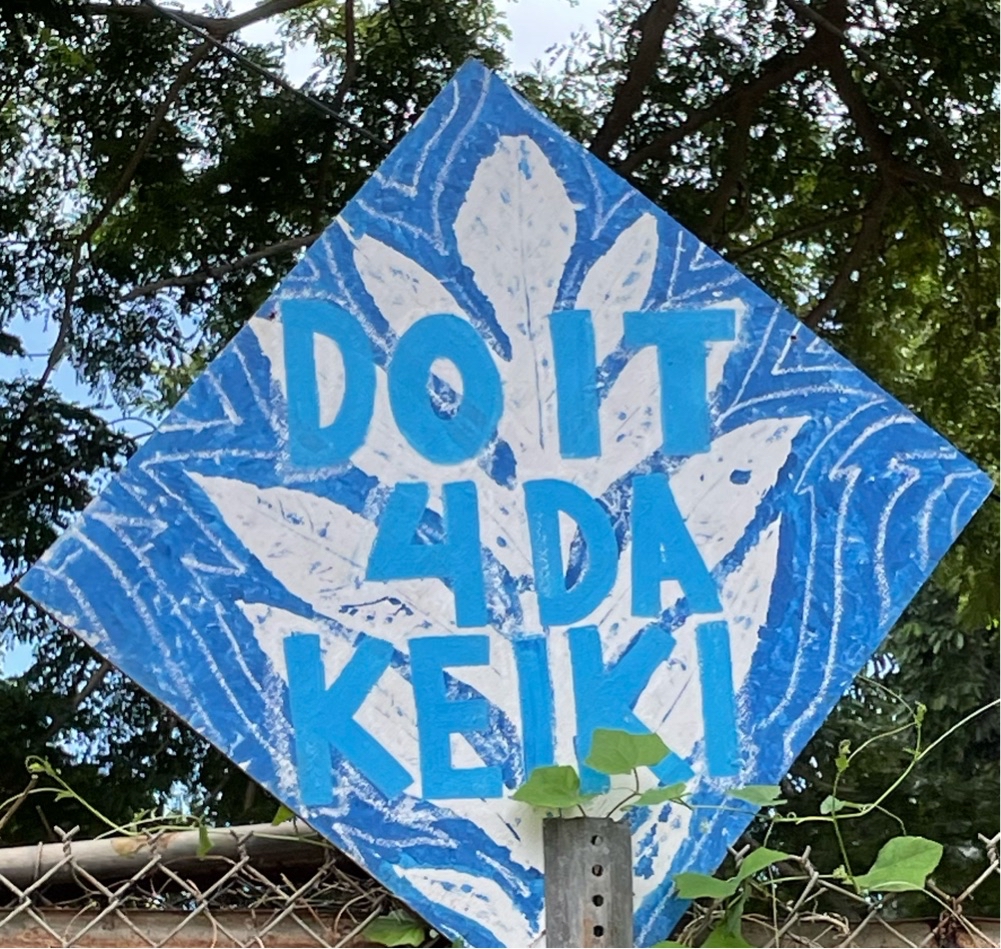
|
44132
|
|
United States
Kaneohe
|
|
|
LM. Ko’olaupoko district. DO IT 4 DA KEIKI. Meaning do it for the kids. Intended for locals.
|
Multilingual Hawaiʻi
|
|